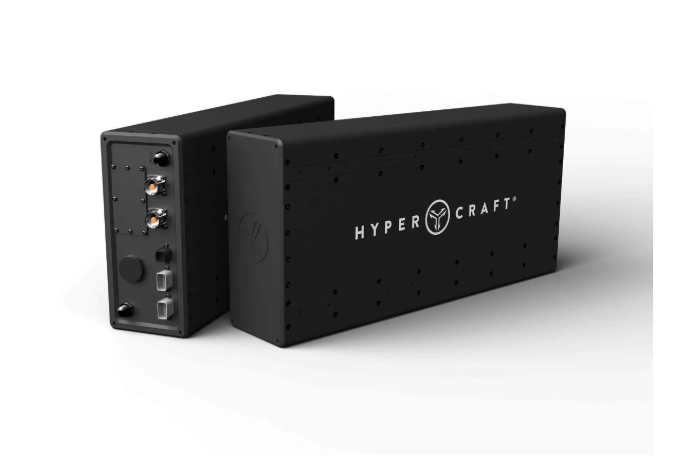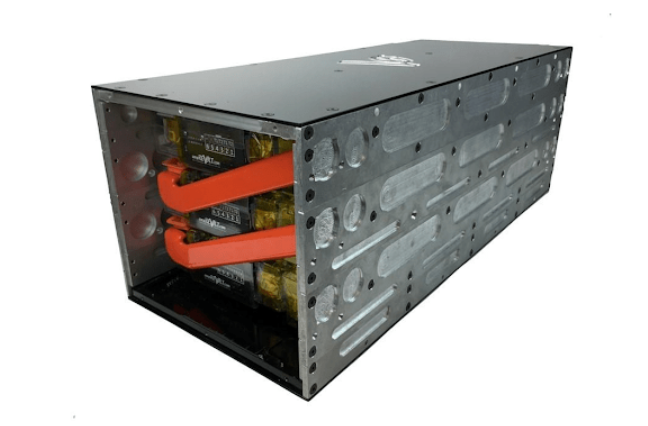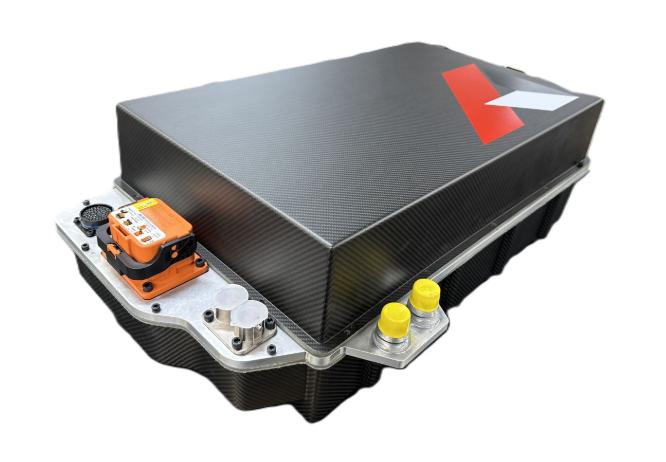 Motortopia Staff
.
June 13, 2025
.
Press Release
Motortopia Staff
.
June 13, 2025
.
Press Release

There’s a point in every DIY EV conversion when you’ve got your motor picked, controller chosen, and you’re feeling good—and then you hit the battery pack question. Suddenly you’re staring at voltage charts and cell specs.
If you’re building your EV conversion piece by piece—not grabbing a full kit—you already know the battery pack is the part. The wrong choice here bottlenecks your range, screws with your weight balance, or makes your controller sad. But the right one totally unlocks your build’s full potential.
Let’s break it down in plain terms, and help you figure out what you should be looking for in a battery pack for your ride.

You probably already know, but this is for the kids in the back—your battery pack dictates how far you can drive, how fast you get there, and how well your entire system cooperates. It’s the power source and the fuel tank. And, no pressure, but if it’s mismatched to your motor or controller, half of your project will be a flop off the bat.
A good battery pack hits the sweet spot between range, voltage, size (and weight), and budget.
1. How Far Do You Really Drive?
This one’s about goals. If your EV project is a fun local cruiser, you don’t need a 300-mile pack. Most daily drivers clock under 40 miles per day anyway. A 20–30 kWh pack can get you there comfortably without taking up your cargo space.
2. What’s Your Voltage Target?
Your battery voltage needs to match your motor and controller’s specs, or nothing’s working. There are four main voltage ranges to think about: 96–144V, 200–250V, 275–400V, and (more recently) 800V. Each one suits a different level of power and efficiency—so plan accordingly. Don’t guess—double check everything before you buy.
3. Weight and Space
Batteries aren’t small. Or light. Can your chassis handle the load of the battery you’re looking at? Do you have space to mount it safely? The heavier your vehicle, the more battery you’ll need—and the heavier it’ll be. That’s a compounding issue many first-time builders overlook. Check out our breakdown on range vs. weight here. The most common mistake is picking a dream pack without thinking about dream packaging. Build around your real-world space.
4. Discharge Rate (C-Rating)
If you plan to drive it like you stole it, your battery better keep up. Performance EVs need higher discharge rates to push power to the motor fast enough. Don’t stop a stallion of a motor with an under-powered battery.
5. Budget
This is where compromise happens. Want long range, fast charge, and top-tier brand cells? It exists—but it’ll cost you. Many builders choose repurposed batteries from used EVs like BMW i3s, Nissan Leafs, and Tesla battery modules to stretch both performance and price without sacrificing quality.

Here are three strong options, depending on what you’re building:
Fellten UBP55: A single 55 kWh pack that’s compact enough to fit a wide range of vehicles—especially trucks or larger cars. Clean integration and excellent customer support make this one DIY-friendly.
App EV Universal Battery Packs: Highly modular. Stackable in series up to 78 kWh and 400V of power, which makes it perfect for flexible voltage requirements. Especially useful in custom conversions where you need more than a generic solution.

If you’re piecing together a full system from scratch, here’s your cheat sheet:
Choosing your EV conversion battery pack is where your project gets real. It’s not just an idea anymore—it’s personal. You’re making a decision about how your car drives, how far it goes, and whether your build feels good every time you hit the pedal.
Whether you’re going for weekend joyrides or a daily commuter, there’s a right battery out there for your build—and we’re here to help you find it.
Share Link